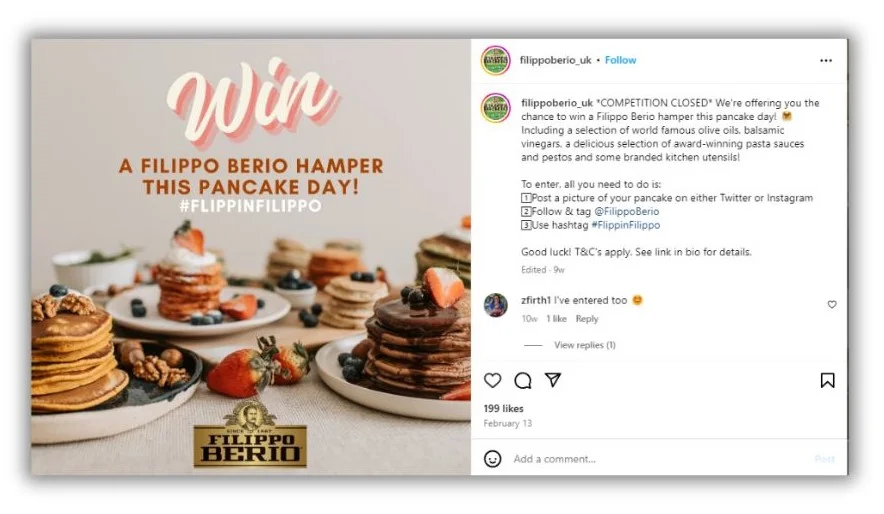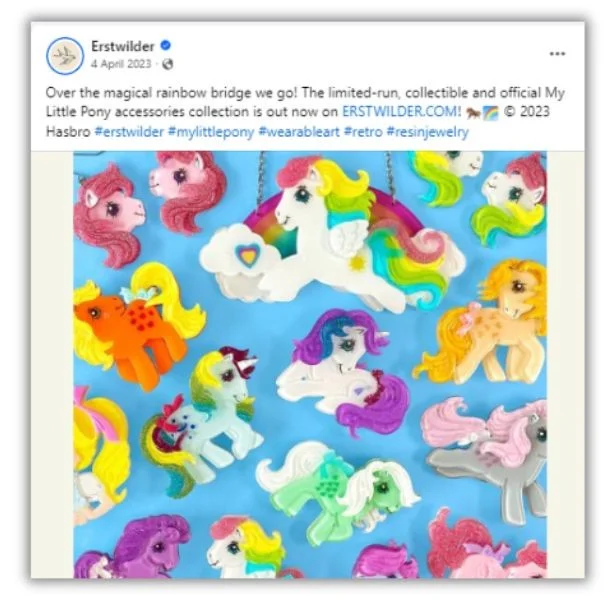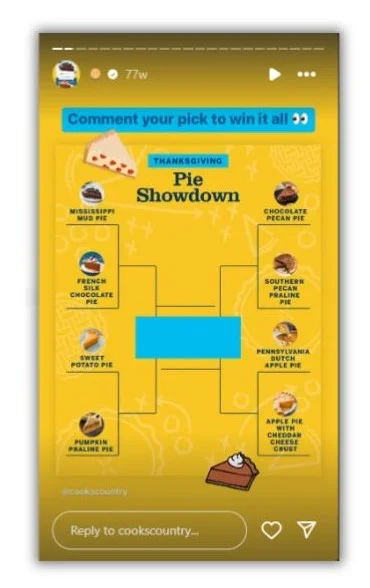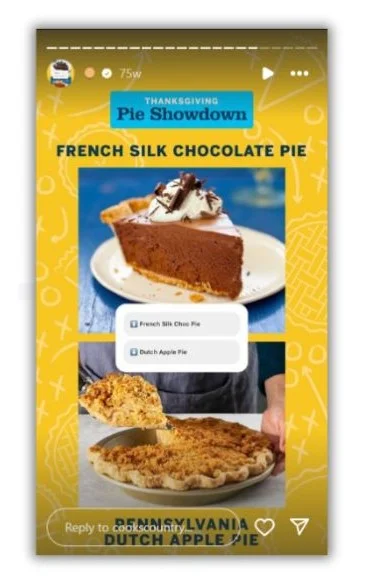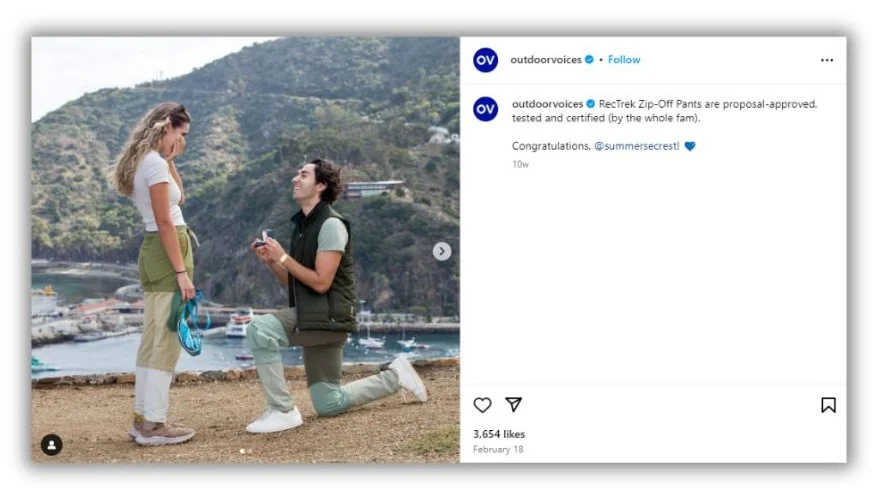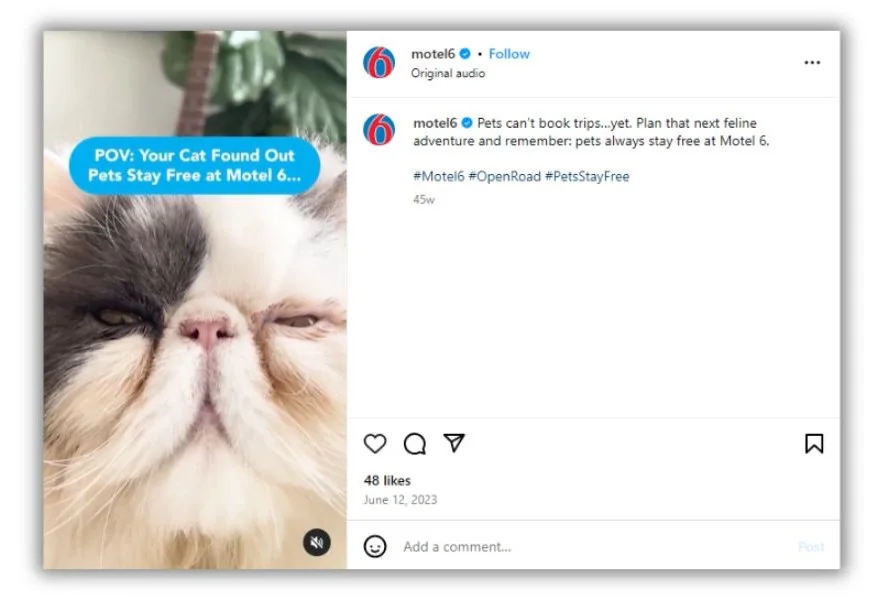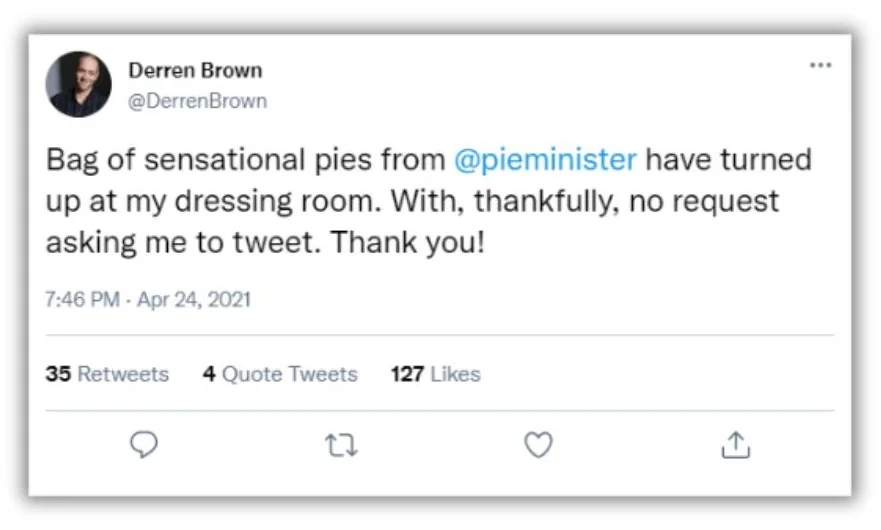Fitbit released its first product, the Fitbit Tracker, in 2009. By 2012, the brand had sold over 1 million fitness trackers; by 2016, that number had jumped to over 22 million.
How did Fitbit grow so fast? By using a strategy called bandwagon advertising. It leverages social proof and the fear of missing out to encourage people to try new products and continue using them.
Here’s how bandwagon advertising works and how to use it to grow your business.
Contents
What is bandwagon advertising?
Bandwagon advertising taps into our desire to be part of the crowd. It convinces us that something is better simply because other people—especially those we look up to—already use it.
Here’s a simple breakdown of how bandwagon advertising works:
- Message: “Everyone’s doing it, so should you!”
- Goal: Make you feel like you’re missing out.
- Psychology: People trust what others choose and don’t want to be left out.
A simple version of bandwagon advertising would be images and copy showing many people happily using your product. Think of social media ads with happy crowds using a new phone, social media posts filled with positive reviews, or an image of an influential soccer player chugging the latest sports drink. When people see these messages, they’re attracted to the idea of joining the “in crowd” by buying the product.
To make the idea more concrete, let’s return to Fitbit’s example. The company uses three tactics that combine to create a bandwagon advertising strategy.
First, it created partnerships with celebrities to promote its wearable trackers as the next big thing. It wasn’t just athletes; people like Sarah Jessica Parker and Will Smith donned their Fitbits to engage audiences of all types.
Second, the brand launched specific user-generated content campaigns to show how everyday users enjoy their fitness tracker. It then used the content on social media and in its newsletters.
Finally, Fitbit built bandwagon advertising right into its product. Users can choose to automatically share their workouts on social media, tapping into a powerful networking effect.
What are the advantages of bandwagon advertising?
Bandwagon advertising uses social proof to influence consumer behavior.
With social proof as its foundation, bandwagon advertising:
- Builds trust and credibility: When potential customers see others enjoying your product, it helps validate their buying decision.
- Creates urgency and FOMO: Bandwagon advertising makes it seem like everyone’s getting something you don’t have, and you don’t want to be left behind.
- Boosts brand awareness and sales: The more people see others using and loving your product, the more likely they are to remember your brand and buy from you.
Ready to turn the bandwagon effect into real results? In the next section, we’ll discuss seven bandwagon advertising ideas you can implement for your small business.
? Bandwagon marketing starts with knowing your audience. Download the free guide, How to Find Your Target Audience, to get started.
7 bandwagon advertising ideas and examples
Bandwagon advertising is a concept that’s easy to explain but can sometimes feel difficult to execute. Done well, it can give small and medium-sized businesses an advantage over the rest of the competition. Here are some bandwagon advertising ideas you can use for your next campaign.
1. User-generated content competitions
User-generated content is a great way to boost engagement with your audience. It bypasses skepticism and builds trust because it showcases real people using and loving your product. That’s the perfect application of bandwagon advertising.
Here’s a great example of how to turn your customers into brand ambassadors. Run a contest encouraging them to create and share photos or videos using your product. This uses social proof and increases brand awareness for free.
Take inspiration from Filippo Berio, a famous olive oil brand. The brand ran a contest on Pancake Day, asking users to post pictures of their delicious pancake creations (presumably made with Filippo Berio olive oil) and tag them with the branded hashtag #FilippinFilippo. The winner received a hamper filled with goodies, and Filippo Bero got tons of amazing photos to share on their social media profiles.
2. Nostalgia-driven bandwagon
People crave connection. And what connects us better than shared memories? Nostalgia-driven bandwagon advertising taps into this emotion, creating an instant bond with your target audience.
Here’s an example from ErstWilder, a jewelry brand. It launched a limited-edition collection of My Little Pony accessories. Here’s how they leveraged nostalgia-driven bandwagon advertising:
- Choose a nostalgic product: My Little Pony is a beloved cartoon from the 80s and 90s. By referencing it, ErstWilder instantly connected with a generation.
- Encourage participation: The brand encouraged fans to share photos with the hashtag #ErstWilderMLP, creating a community and showcasing the popularity of the collection.
- Create a sense of urgency: The copy mentions that it’s a limited edition, creating urgency and a fear of missing out, further fueling the bandwagon effect.
3. Interactive online polls
Social media is all about engagement, and what better way to engage your audience than by asking their opinion? Interactive online polls create a fun and interactive way to leverage the power of the bandwagon effect, just like @cookscountry did on Instagram.
Cookscountry didn’t just ask its audience what pie they liked. The brand’s team turned it into a captivating series titled “Thanksgiving Pie Showdown.” They created four polls, each featuring two delicious Thanksgiving pie options.
The top contenders faced off in semi-final polls, keeping the audience engaged and building anticipation for the ultimate showdown. The two finalists battled it out in a final poll, with the winner crowned “Thanksgiving Pie Showdown Champion.”
Voters even had a chance to win all the pies in the competition. This added more excitement and boosted participation.
While the brand wasn’t selling pies, it used the bandwagon advertising effect to engage an audience for its media brand. Ideally, many of those participating in the popular poll will stick around to see what the business does next.
4. Customer testimonials
Testimonials are gold for marketers! They build trust, sound believable, and get people on the bandwagon.
Outdoor Voices gets it. They use short video testimonials with real people using their clothes for everything from hiking to yoga to proposing to your significant other. They even have a hashtag, #DoingThings, to build a community and show how versatile their stuff is—showing everyday people, not models, keeping testimonials genuine, building trust, and driving more sales for the brand.
5. Comparative advertising
Competitor marketing can be a clever way to leverage the bandwagon effect. The idea is to focus on a unique feature or value proposition you offer that sets your offering apart. Subtly suggest that everyone’s choosing you because of it, and watch the customers roll in.
Take Motel 6, for instance. Although its marketing doesn’t explicitly criticize other hotels, its “Pets Stay Free” policy speaks volumes.
By highlighting this perk, Motel 6 subtly implies that other places might charge extra for furry companions. This positions them as the more pet-friendly and budget-conscious option. It also creates a bandwagon effect for pet owners as they see other pet owners taking advantage of this policy.
6. Influencer endorsements
Influencers can be a powerful tool for small businesses. They create a bandwagon effect where people are nudged to try a product because someone they admire seems to love it.
Pieminister, a Bristol-based pie company, brilliantly uses celebrity endorsements. When famous mentalist Derren Brown (who lives in Bristol) performed in town, Pieminister sent him a sample pack. Impressed, Derren tweeted about the pies. He mentioned that there was “no request asking me to tweet.”
This authentic endorsement was gold. This social proof, combined with Derren’s large following, increased Pieminister’s social media reach by a whopping 2,574%!
7. Influencer and community challenges
Combining influencer power with interactive challenges creates a double-whammy of bandwagon effects to build brand awareness and loyalty.
One of the best examples is ELF Cosmetics. It created the #eyeslipsface challenge on TikTok, incorporating an original song and hashtag. The brand partnered with a whole squad of established and emerging beauty influencers, who created full-face looks using only elf products. ELF also encouraged users to share their own elf looks. The campaign resulted in billions of video and hashtag views.
Jump on the bandwagon advertising…erm…bandwagon
People are social creatures. When we see others having success, we want to join in. The examples above show just how influential a bandwagon advertising campaign can be.
Just remember to keep things light. Never use shame or “othering” to guilt people into trying your products. Instead, show them how people they admire solve problems and gain fulfillment using what you sell.

